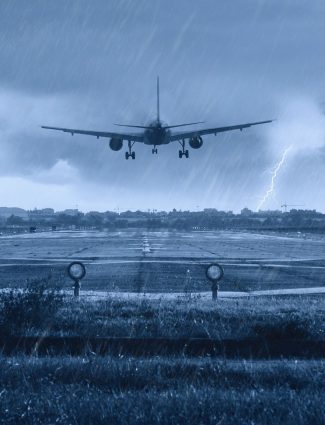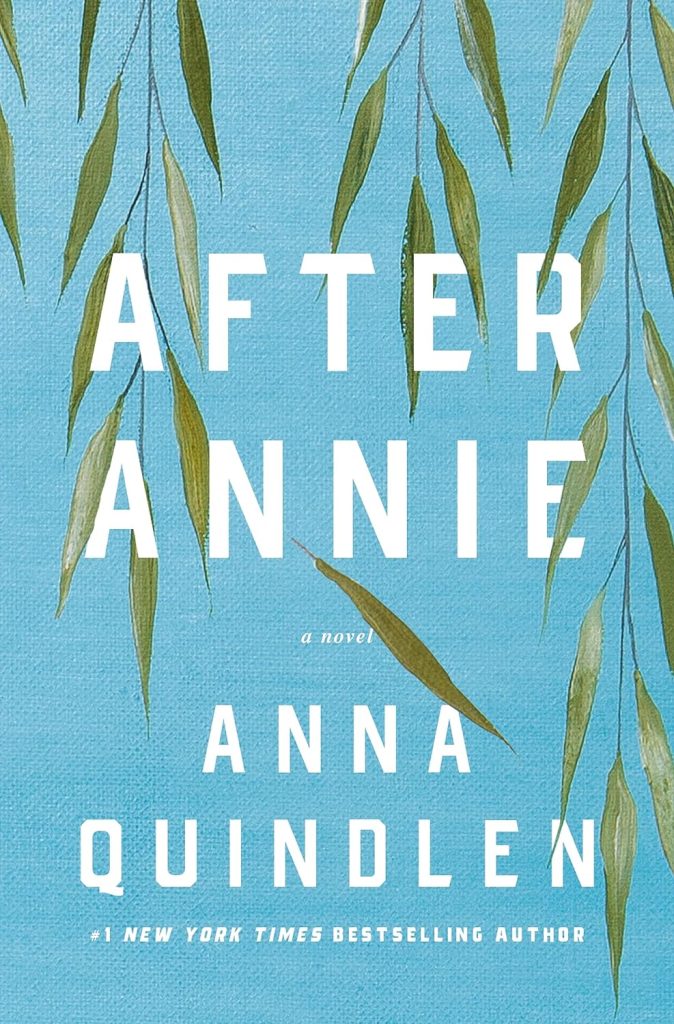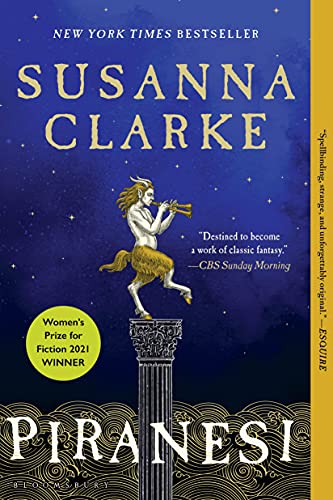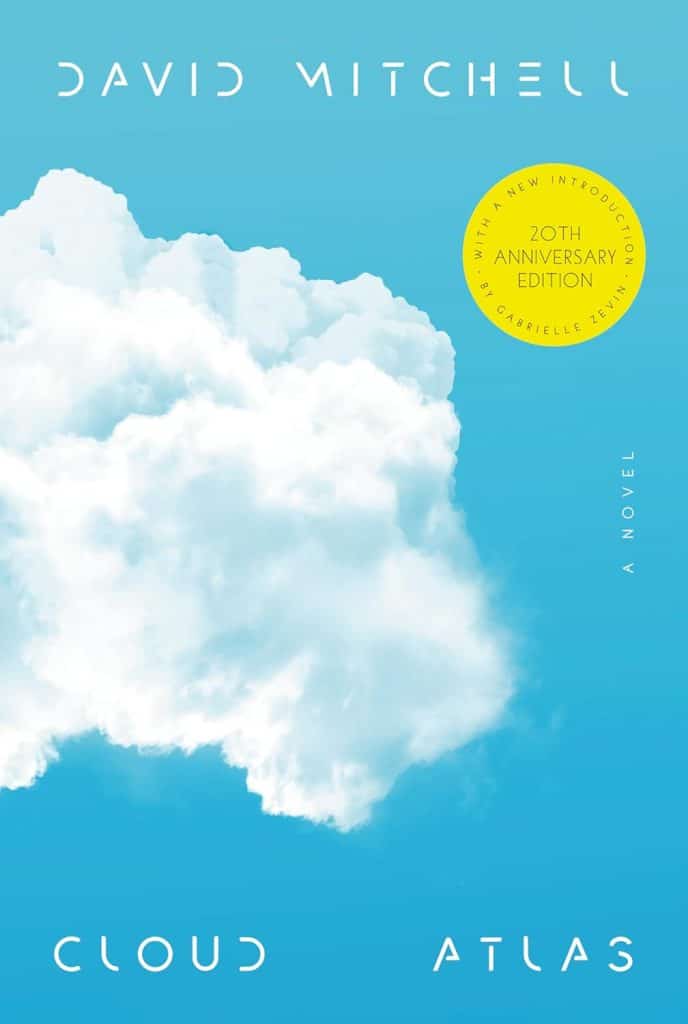
Flying Into a Four-letter Storm!
Estimated reading time: 1 minute, 30 seconds “I just got off of my connecting flight and wanted to check in,” I said without any anxiety.
“I just got off of my connecting flight and wanted to check in,” I said without any anxiety.
It was the first flight I had taken after September 11th, and with the stormy weather, it had been nerve-racking.
“The flight is overbooked,” the agent informed me. “We often have seats when we start boarding. If you sit in this row next to me, I will let you know.”
I thanked her and took the first seat.
Before I could get comfortable in my seat, a woman half my age approached the counter to receive the same news I had.
“I have to get on this flight,” she demanded. In the same loud voice, she started conjugating four-letter words in ways I had never contemplated.
After several minutes, she came to sit several seats away from me and continued to scream and curse.
The volume was so loud I barely heard the agent calling my name.
“We have one seat available, but it is in first class,” the agent whispered as she handed me my ticket.
I could hear the other woman screaming and cursing even louder as I entered the jetway.
Once my ticket had been scanned, I said, “Being nice has benefits.”
When I remembered that day twenty-two years ago, I often thought it was when I started training to be a mensch!
The Jan Lilien Education Fund sponsors ongoing sustainability and environmental awareness programs. Gifts made this month; I will match dollar-for-dollar. All donations are tax-deductible.
I receive a commission when you buy a book or product using a link on this page. Thank you for supporting Sharing Jan’s Love blog.









